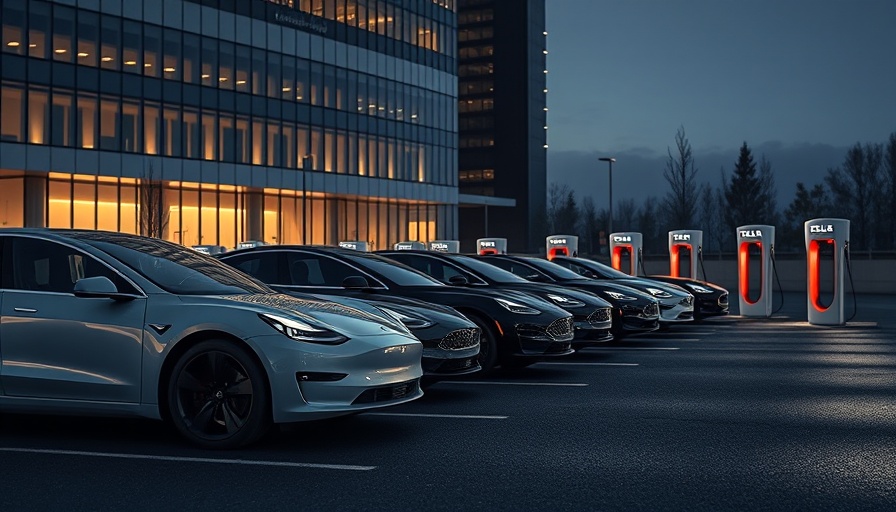
The Evolution of Tesla’s Supercharger Network
In a bold move to expand the accessibility of electric vehicle (EV) charging, Tesla has opened its Supercharger network to a growing list of non-Tesla brands. This marks a significant milestone in the EV landscape, allowing owners of various EV models to utilize Tesla's extensive charging infrastructure. As of the end of 2024, nearly every major EV manufacturer in the U.S. has signed agreements to facilitate this access.
Breaking Down Barriers: Who’s Onboard?
In 2024, electric vehicle manufacturers like Ford and Rivian led the charge in integrating with Tesla’s Supercharger stations. They were some of the first to enable their EV owners to access Tesla’s charging network, exemplifying collaboration in the EV community. Other brands following suit include General Motors, Volvo, Polestar, and Nissan, all paving the way for broader adoption of electric vehicles.
What Consumers Need to Know About Adapters
For now, many non-Tesla EV owners will need a specialized adapter to plug into Tesla Superchargers. Ford has been proactive in providing these adapters, with widespread rollout beginning in February 2024. With future models expected to incorporate Tesla’s NACS — North American Charging Standard — directly into their design, the integration will streamline the charging experience for consumers.
Currently, Tesla’s charging stations are expanding rapidly, and as Tesla adopts the NACS as a standard charging interface recognized by the SAE—there is a clear promise of a more unified future for EV charging.
Challenges and Future Insights: Power and Compatibility
Despite the positives, there are challenges ahead. Many current EVs operate on 800-volt systems that can charge faster at CCS stations compared to Tesla's V3 stations, which max out at 400 volts. This inconsistency could lead to longer wait times as manufacturers roll out vehicles that are compatible with Tesla’s V4 hardware, capable of accommodating higher charging speeds. The deployment of V4 Superchargers will ultimately help bridge this gap, but transitions always take time.
Conclusion: A New Era for Electric Vehicles
The integration of Tesla's Supercharger access with other automakers signifies an important shift towards a cohesive charging ecosystem. Compatibility will create a more user-friendly experience for EV owners while encouraging more consumers to invest in electric vehicles. As technology advances and more automakers commit to this transition, the path toward a greener future looks even more promising.
 Add Row
Add Row  Add
Add 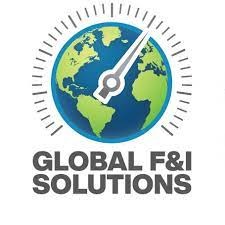

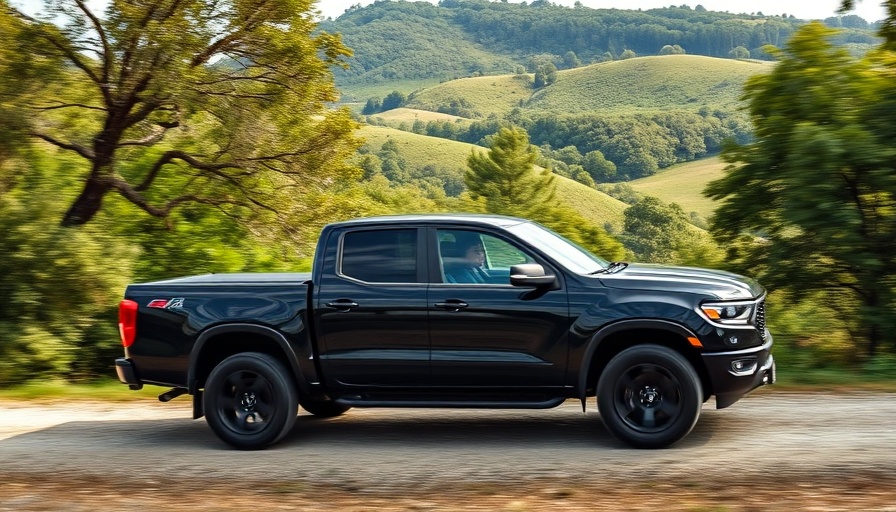
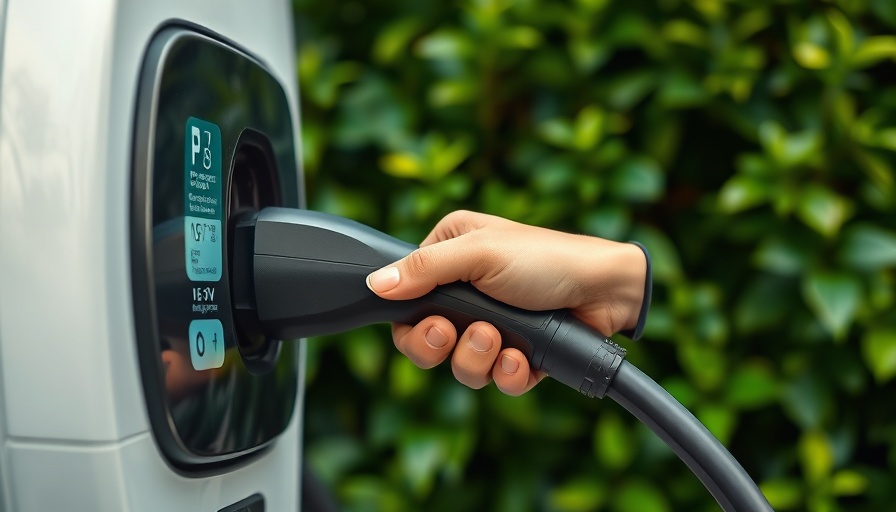
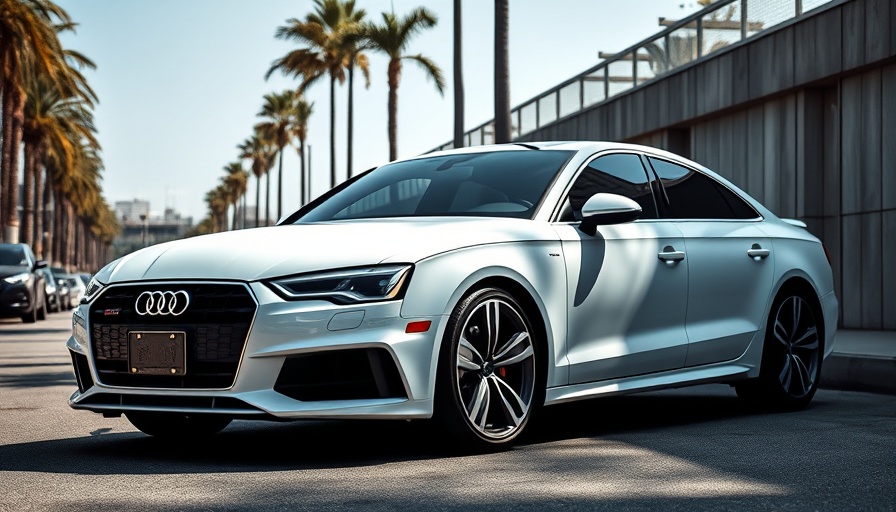
Write A Comment